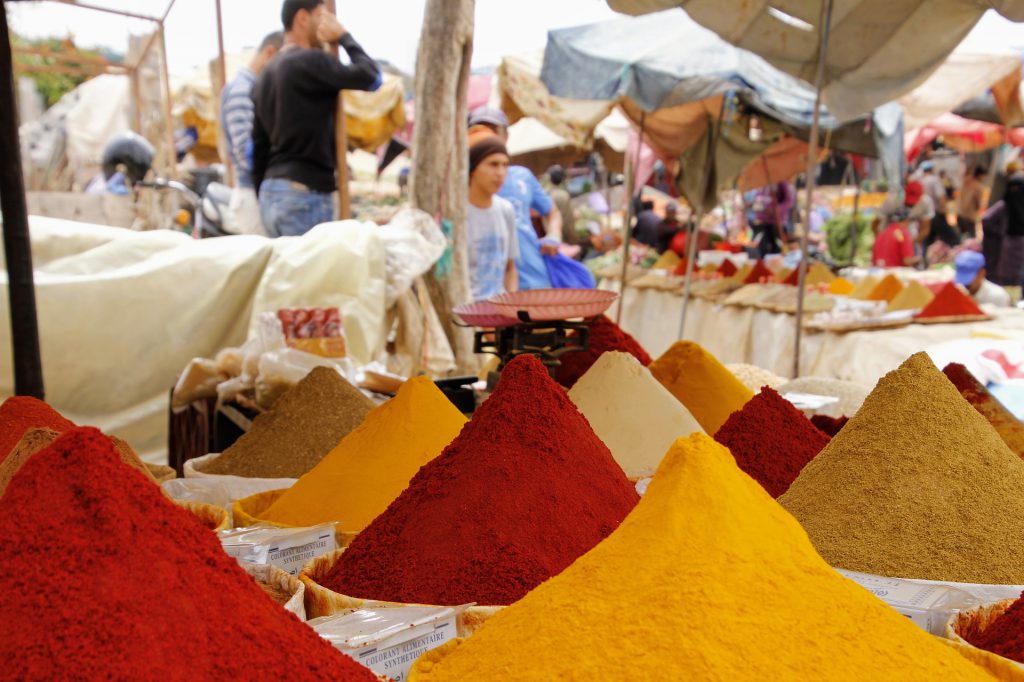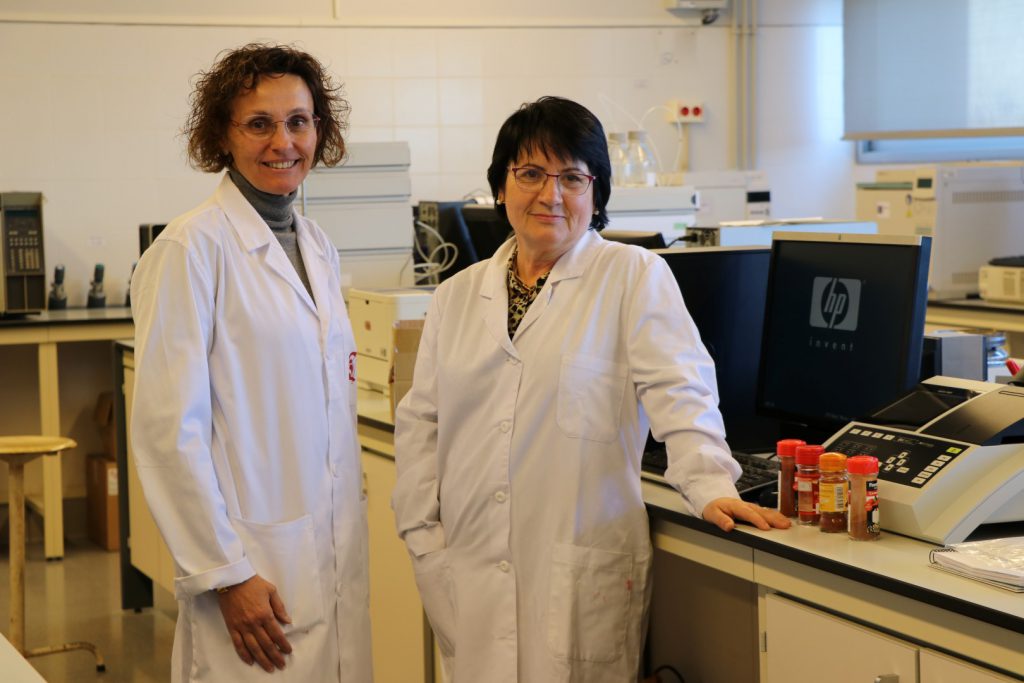28/02/2019
Chemometric techniques are applied to quickly detect a prohibited additive in foods
This strategy is economic and reliable, it can also be used to identify different components found in other food and environmental products

This strategy is economic and reliable, it can also be used to identify different components found in other food and environmental products
Sudan Dyes are a family of highly carcinogenic synthetic dyes that set off alarms in 2003 in the European Union because they were detected in spices such as curry, turmeric or paprika. From that moment, regulations were developed to control the possible presence of Sudan dyes in products intended for human consumption. As a result, multiple analytical techniques were developed to determine them in foods that were introduced to Europe.
Ten years later, in 2013, the restrictions to detect these additives were levied and only the analysis of less than 10% of the samples was required, after verifying that the presence of Sudan in foods from outside the EU was practically non-existent.
The fact that the vast majority of controls gave a negative result led to a commitment to rapid analysis methods that did not involve a great expense neither of time nor money to detect these compounds each time less and less present in the samples. In this regard, researchers from the Research Group of Chemometrics, Qualimetry and Nanosensors of the Department of Analytical Chemistry and Organic Chemistry of the Universitat Rovira i Virgili created a method that would give a reliable result in a very short time. “In this context, our research still makes more sense, since we are now analyzing a food that is highly unlikely to be contaminated,” explains Pilar Callao, one of the researchers who led the project together with Itziar Ruisánchez and Cristina Márquez.

The method used by the researchers is based on chemometric techniques, which have been successfully applied to detect whether the food samples were contaminated with Sudan. In this investigation, the food samples were analyzed with a UV-Vis spectrophotometer. With the data generated by this instrument, the classes (samples contaminated by some Sudan dye and uncontaminated samples) are established by means of a mathematical model (chemometric technique) that allowed predicting the samples analyzed and identifying which ones were contaminated and which were not.
Once the contaminated sample was identified, the next step was to find out how much concentration of Sudan it contained. They obtained this by developing a multivariate calibration model that linked the concentration of the additive (Sudan) with the signal obtained from the visible ultraviolet spectrophotometer and in this way the amount of Sudan included in each sample could be measured.
This research, which has been published in the Microchemical Journal, is another application of chemometric techniques, which can be very useful in the rapid and economic analysis and diagnosis of certain components, not only in food products but also in the environment.
Bibliographic reference: Márquez, Cristina & Ruisánchez, Itziar & Callao, María. (2018). Qualitative and quantitative multivariate strategies for Determining paprika adulteration with SUDAN Y and II dyes. Microchemical Journal. 145. 10.1016 / j.microc.2018.11.034.
